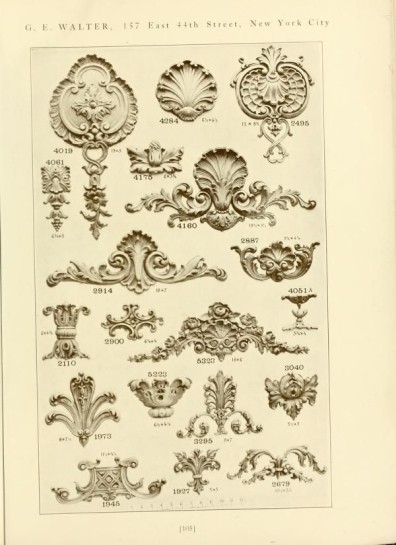Compo

Used in architectural restoration, compo (short for composition) is a mix of calcium carbonate, gelatin, pitch, and other ingredients.
As a molding material compo holds unique qualities suitable for manipulation. It can be used in making press molds, but unlike clay it needs no firing to achieve hardness and durability. Its “plastic” phase is reportedly generous, allowing for further working of the material as it approaches a leather-hard state. It then sets like plaster (but is reversible with steam heat).
One drawback is that calcium carbonate is a dust that likes to travel and settle on studio surfaces. Typically a foundry (or university art department) has a room dedicated to plaster. But this is not feasible for everyone, and I am interested primarily in ways the home user and maker can design and create original objects. What if plaster and other forms of calcium carbonate were eliminated from the equation?
How could one achieve this and still produce a material with the same properties of compo? Would it require a complete reconstitution, or could something less environmentally harmful simply be used in place of the calcium carbonate?